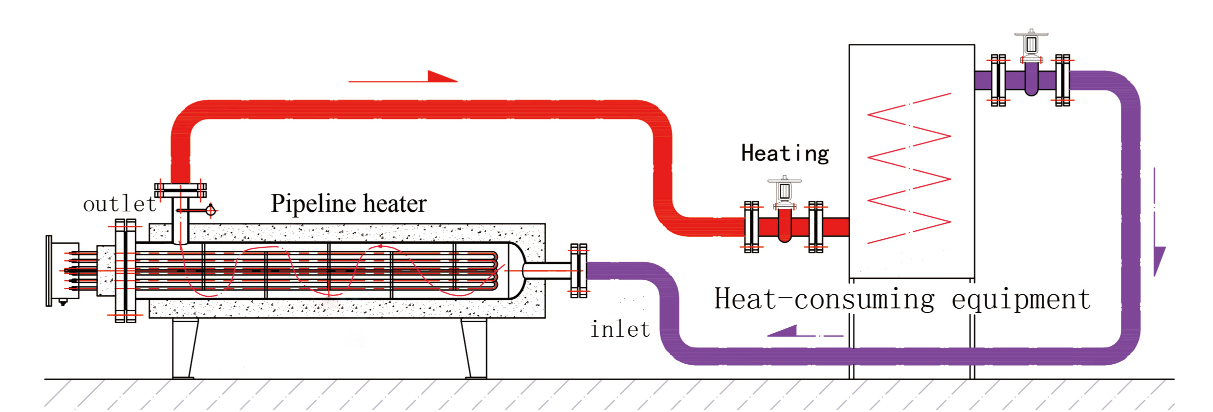1. Material selection: According to the use of the environment and the state of the heating object, choose the appropriate heater material.
2. Power calculation: When calculating the power of the water pipeline heater, it is necessary to consider the material, size, fluid medium, environmental temperature and other factors of the pipeline. A common calculation method is to first determine the required heating power, then estimate the heat transfer loss of the pipeline, select the appropriate type of heater, and calculate the required heater power.
3. Power requirements: Determine the required heating power according to the heating application and fluid medium. For example, heating a liquid to maintain a specific temperature or to prevent pipes from freezing at low temperatures.
4. Power specifications: The power specifications of the pipeline heater are usually divided into small power (less than 1 kW), medium power (between 1 kW and 10 kW) and high power (more than 10 kW), depending on the heating requirements and the physical characteristics of the pipeline.
5. Environmental adaptability: When selecting a heater, it should also consider its adaptability in a specific environment, such as whether it is suitable for explosion-proof occasions or has a specific pressure resistance.

6. Energy-saving effect: When selecting the heater, consider its energy-saving effect, such as far-infrared electric heating device has significant energy-saving effect (more than 28%).
7. Service life and maintenance: When selecting the heater, its service life and maintenance requirements should also be considered to ensure long-term stable operation.
If you have a water pipeline heater related needs, feel free to contact us.
Post time: Aug-23-2024




